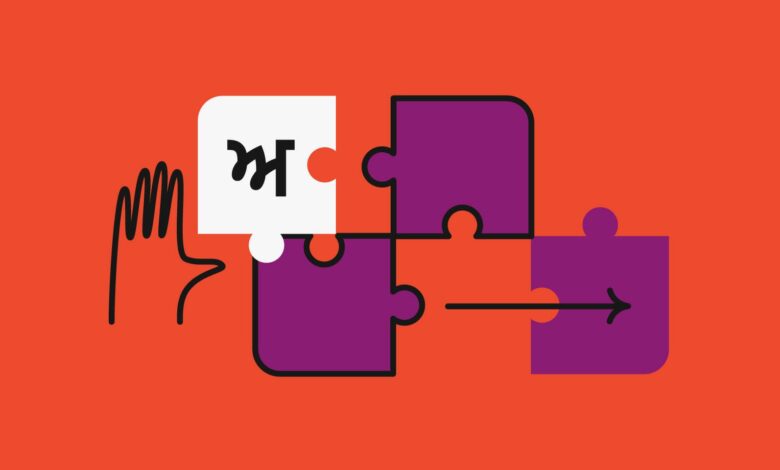The Evolution of Machine Translation: Advancements and Challenges

Machine translation, once considered a novelty, has undergone significant advancements in recent years, thanks to advancements in artificial intelligence and natural language processing technologies. From basic language translation apps to sophisticated neural machine translation systems, machine translation has become increasingly pervasive in our digital world. However, despite its growing popularity, machine translation still faces certain challenges that limit its effectiveness in certain contexts.
Advancements in Machine Translation Technology
Machine translation technology has evolved rapidly, driven by advancements in artificial intelligence and deep learning algorithms. Modern machine translation systems, particularly neural machine translation (NMT) models, are capable of producing Translation service that rival the quality of human translations in certain scenarios. These systems leverage vast amounts of bilingual data and learn from human-generated translations to improve their accuracy and fluency over time.
Applications of Machine Translation
Machine translation technology finds applications in various domains, including:
Language Translation Apps: Mobile apps and web-based translation tools that provide instant translations of text and speech in multiple languages.
Website Localization: Automatic translation of web content to make it accessible to international audiences and expand global reach.
Document Translation: Translation of documents, emails, and other written content for personal and professional use.
Challenges and Limitations
Despite its advancements, machine translation still faces several challenges that limit its effectiveness in certain contexts:
Accuracy and Fluency: Machine translation systems may struggle with complex sentence structures, idiomatic expressions, and nuances of language that require human-level understanding and context.
Domain Specificity: Machine translation systems trained on generic data may not perform well in specialized domains such as legal, medical, or technical translation, where domain-specific terminology and knowledge are essential.
Cultural Sensitivity: Machine translation systems may lack the cultural understanding and sensitivity required to accurately convey cultural nuances and idiomatic expressions, leading to inaccuracies and misunderstandings.
The Role of Human Post-Editing
To address the limitations of machine translation, many organizations employ human post-editors to review and improve machine-generated translations. Human post-editing involves reviewing machine-translated content for accuracy, fluency, and cultural appropriateness and making necessary corrections to ensure quality and consistency.
Conclusion
Machine translation technology has come a long way in recent years, offering powerful tools for instant language translation and communication across language barriers. While machine translation has its advantages, it is not without its limitations. By understanding the strengths and weaknesses of machine translation and leveraging human expertise where necessary, organizations can harness the full potential of machine translation technology to facilitate multilingual communication and collaboration in today’s globalized world.



